By_shalini oraon

GST Cuts Passed On, Spurred Consumption, May Show in GDP: Govt
In a significant announcement that underscores the positive ripple effects of fiscal policy, the government has presented a compelling case that the recent reductions in the Goods and Services Tax (GST) have successfully translated into tangible benefits for the Indian economy. The official assessment, articulated by senior finance ministry officials, confirms a three-fold victory: the tax cuts have been effectively passed on to consumers, this transfer has spurred a noticeable uptick in consumption, and the cumulative positive impact is poised to reflect in the upcoming Gross Domestic Product (GDP) growth figures.
This development marks a crucial validation of the government’s strategy to use the GST framework not just as a revenue collection tool, but as a dynamic instrument to stimulate economic activity, especially in key sectors that act as barometers of consumer sentiment.
From Council Decision to Consumer Pocket: The Pass-Through Mechanism
The journey begins with the GST Council, the federal body that has periodically reviewed the tax structure since the landmark tax’s inception. Over several meetings, the Council slashed tax rates on a wide range of items, moving them from the highest 28% slab to lower ones (18% or 12%), and reducing rates on many other essential and commonly used goods.
The critical question that always follows such a decision is: does the benefit actually reach the common consumer, or is it absorbed by manufacturers and retailers as additional margin? The government now asserts, backed by data from the National Anti-Profiteering Authority (NAA) and market surveys, that the pass-through has been largely effective.
“Following the GST rate reductions, we have monitored the Maximum Retail Prices (MRPs) of a large basket of goods,” explained a senior official from the revenue department. “In the vast majority of cases, from consumer durables to daily-use items, we have seen a corresponding reduction in the final price paid by the consumer. The anti-profiteering clause in the GST law has acted as a necessary deterrent, ensuring businesses comply.”
This successful pass-through is the essential first link in the chain. Without it, the entire objective of the rate cut is nullified. The government’s confidence on this front suggests a maturing of the GST ecosystem, where policy intent is effectively translating to market reality.
Igniting the Engine of Consumption
With more money in their pockets—or more accurately, with lower prices for the same goods—consumers have responded. The second part of the government’s assessment points to a rejuvenation of consumption demand, particularly in the mass-market segment.
Sectors that witnessed significant rate cuts are now reporting improved offtake. For instance, the reduction in GST rates on items like televisions, refrigerators, and other household appliances has made them more affordable, leading to a rise in sales volume. Similarly, cuts in rates on restaurant services (from 18% to 5% without Input Tax Credit) were initially controversial but are now seen as having simplified compliance and potentially boosted footfall in the organized segment.
“The consumption story, especially in the rural and semi-urban areas, is showing signs of a strong comeback,” noted an economist affiliated with a government think tank. “Affordable housing, which received a boost from lower GST rates on construction materials and the government’s flagship schemes, has a strong multiplier effect. When someone buys a home, they also purchase cement, steel, paint, sanitaryware, and appliances—all sectors that have benefited from the tax reductions.”
This revival is crucial. Private final consumption expenditure (PFCE), which constitutes over 55% of India’s GDP, had been facing headwinds in the post-pandemic period due to inflationary pressures and subdued wage growth. The GST cuts, acting as a de facto stimulus, have helped counteract these drags, putting more purchasing power directly into the hands of the people.
The Macroeconomic Payoff: A Brighter GDP Picture
The culmination of this process—lower taxes leading to lower prices, leading to higher consumption—is its imprint on the national income accounts. The government’s assertion that this effect “may show in GDP” is a confident prediction of stronger growth numbers in the forthcoming quarters.
The logic is rooted in basic macroeconomic accounting. GDP, calculated by the expenditure method, is the sum of Consumption (C) + Investment (I) + Government Spending (G) + Net Exports (X-M). A direct boost to consumption (C) therefore has a one-to-one positive impact on the overall GDP number. Furthermore, this initial boost creates a virtuous cycle.
“When consumers spend more, companies see improved capacity utilization,” explained a corporate advisor. “This improved demand signals to businesses that it is time to invest in new capacity (boosting ‘I’), which in turn creates jobs and further income, leading to another round of consumption. This virtuous cycle is what the Indian economy needs to enter a sustained high-growth trajectory.”
The government expects this consumption-led growth to be broad-based. Stronger sales in fast-moving consumer goods (FMCG) indicate stable rural demand, while improved automobile sales, particularly in the two-wheeler and passenger vehicle segments, point towards recovering urban sentiment. This comprehensive uplift is what makes the GST rate cut strategy a more potent and efficient stimulus than a direct fiscal injection, as it works through the natural channels of the market.
Challenges and the Road Ahead
Despite the optimistic assessment, challenges remain. The government has acknowledged that ensuring 100% pass-through is an ongoing task, requiring constant vigilance. There are also concerns about revenue foregone due to these rate cuts and the structural need to broaden the tax base to compensate for it.
Furthermore, the health of the economy is dependent on a multitude of factors—monetary policy, global commodity prices, geopolitical stability, and the performance of the agricultural sector, to name a few. A GST-led consumption boost is a powerful tailwind, but it cannot alone insulate the economy from all external shocks.
The road ahead for the GST Council will be to continue its focus on simplification—rationalizing the remaining rate slabs and further streamlining compliance to reduce the cost of doing business. The ultimate goal is to create a tax system that is not only efficient and transparent but also proactively supportive of economic growth.
In conclusion, the government’s message is clear: the strategic surgical strikes through GST rate reductions are yielding the desired results. By putting money back into the economy through the consumer, the policy has activated the most powerful engine of growth. As the next set of GDP data is released, all eyes will be on the consumption expenditure figures to see the tangible proof of a strategy that appears to be working, heralding a potential new phase of consumption-led prosperity for the Indian economy.
Discover more from AMERICA NEWS WORLD
Subscribe to get the latest posts sent to your email.
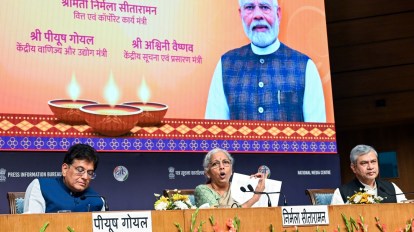



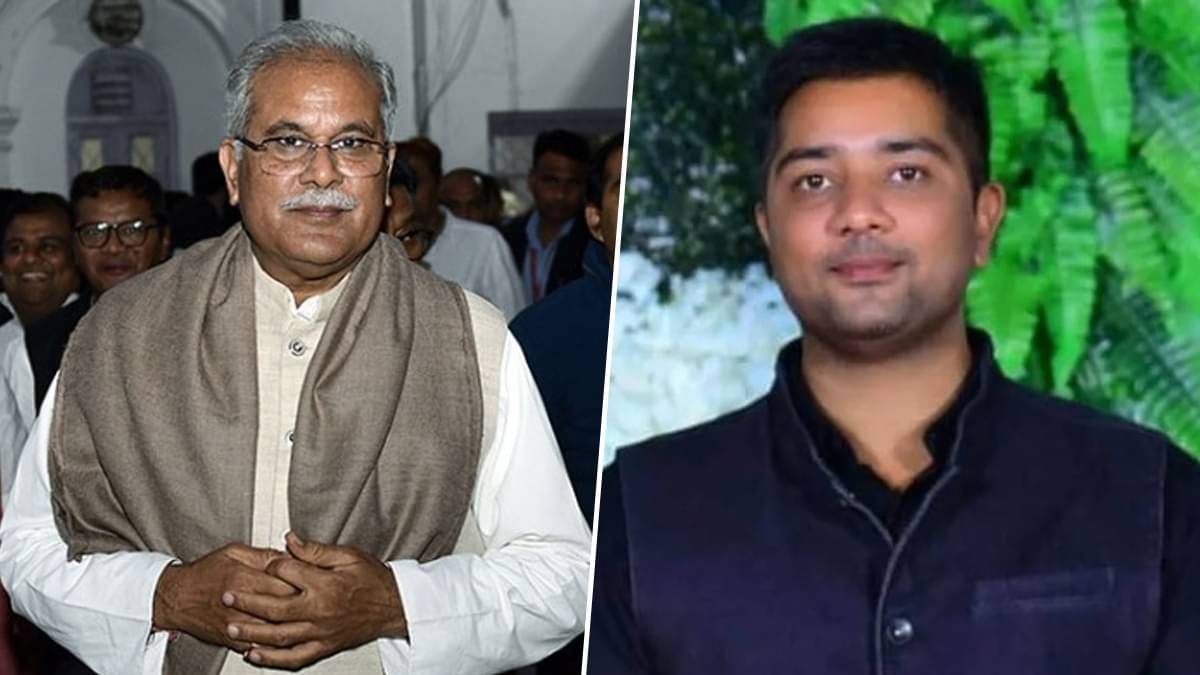




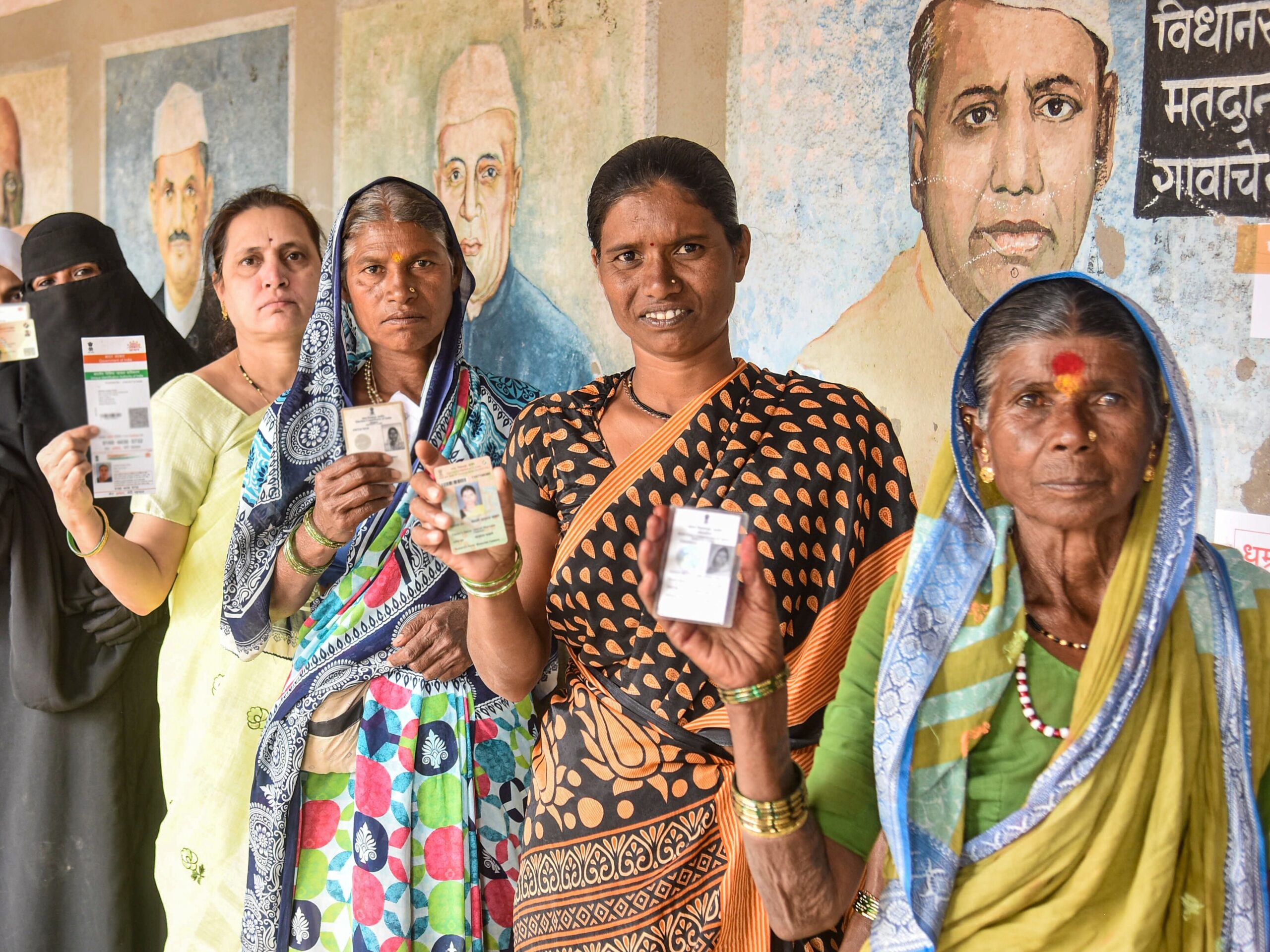




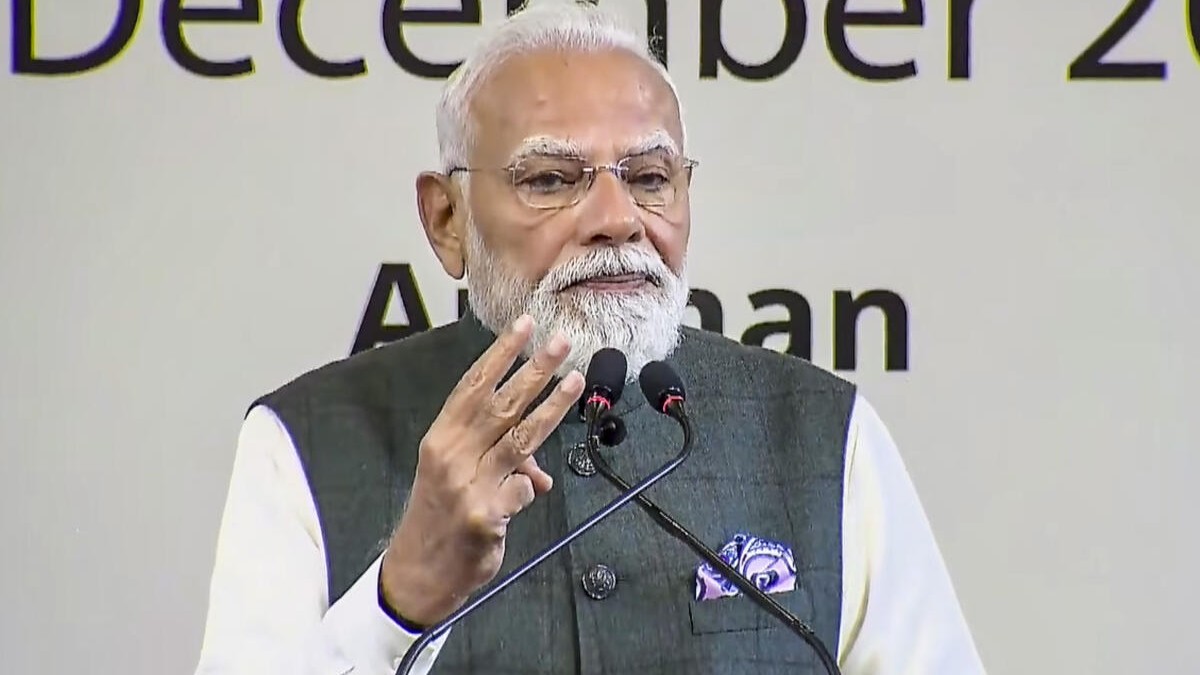








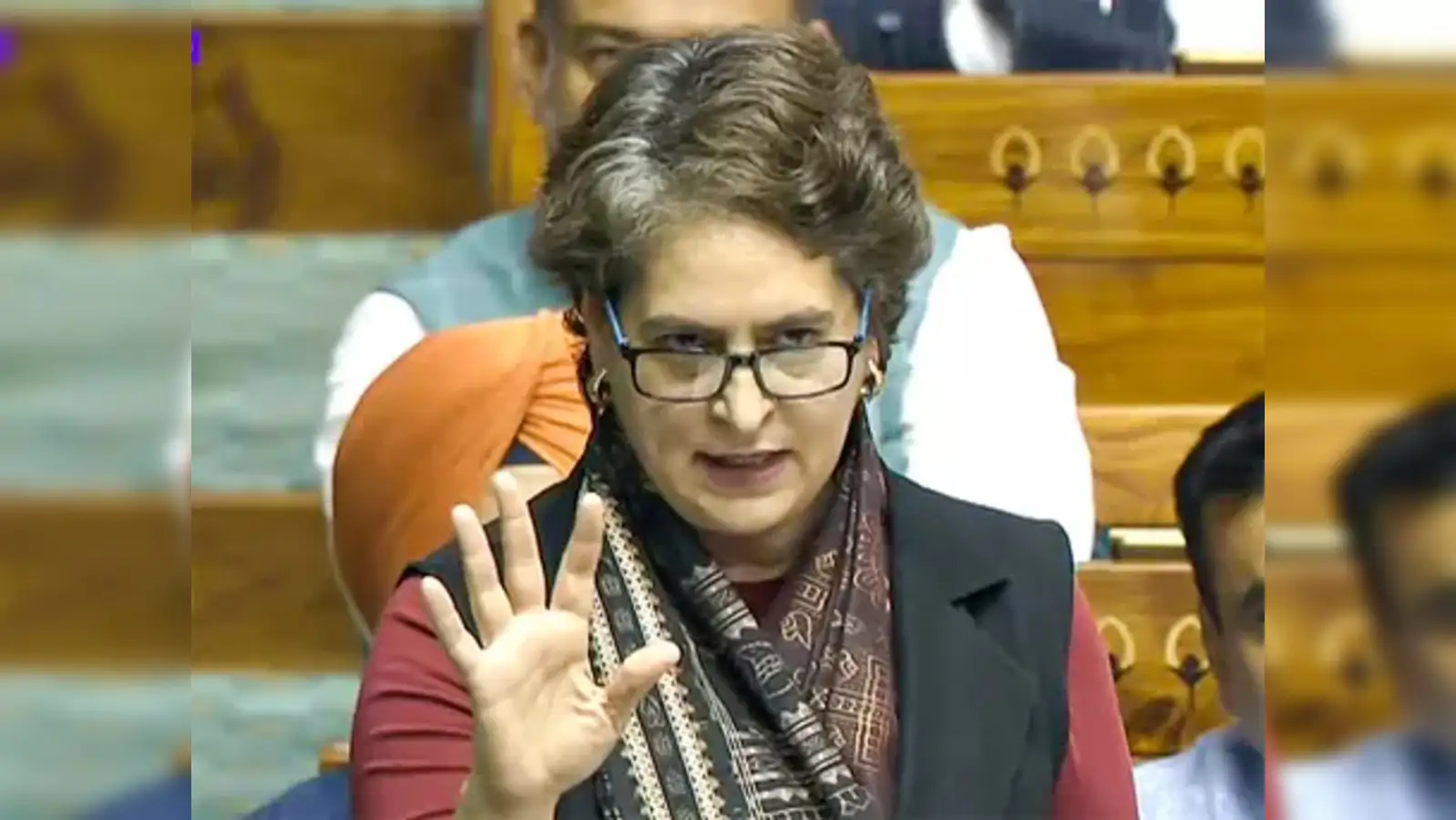

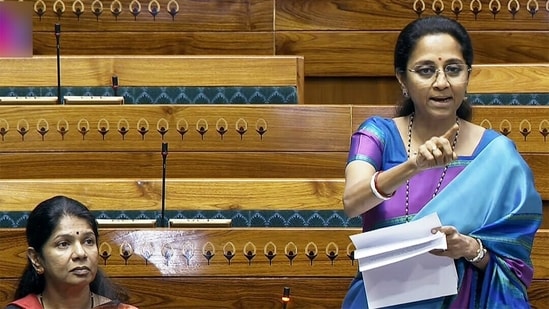








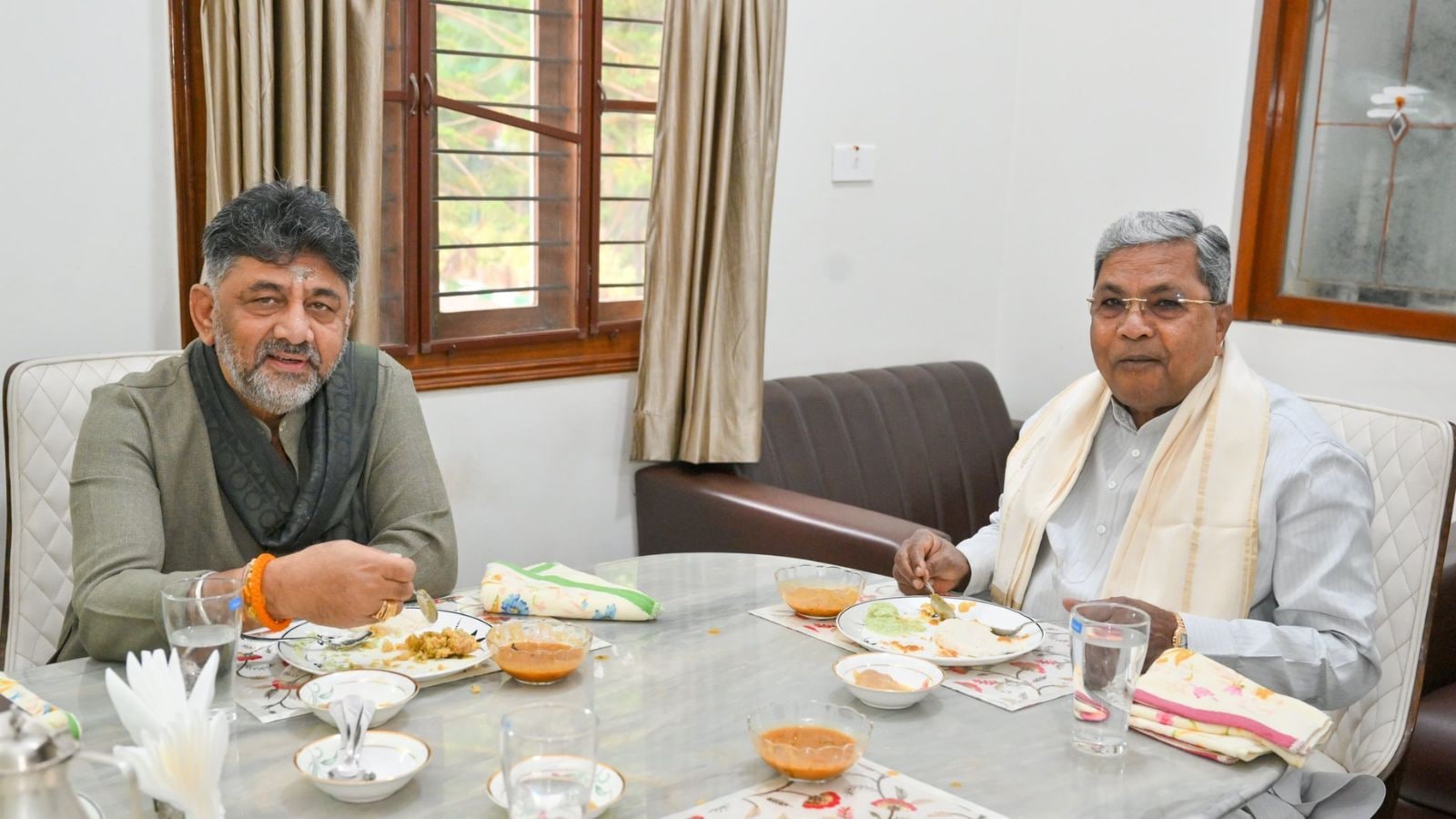






Leave a Reply